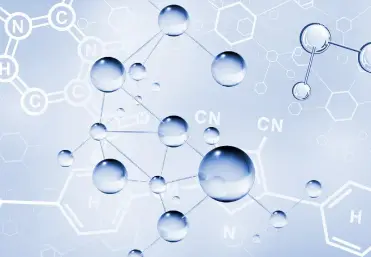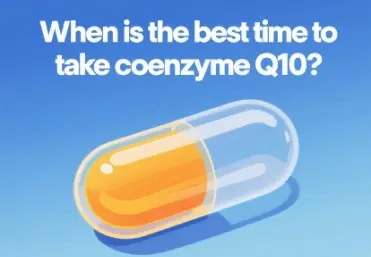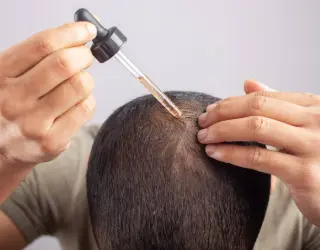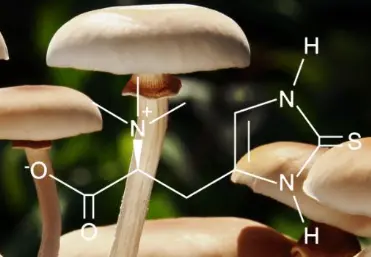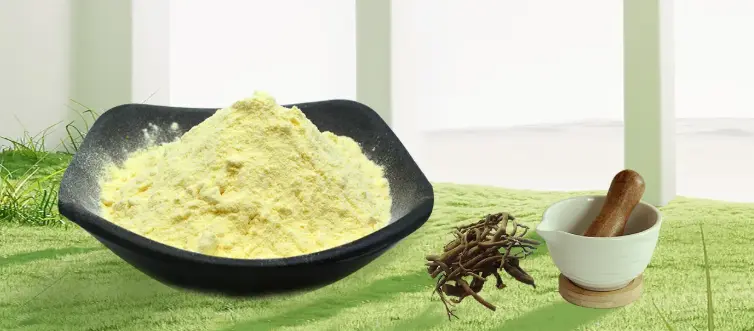What is kavalactones?
1.What Are Kavalactones?
Kavalactones are a group of biologically active compounds found primarily in the roots of the pepper plant commonly known as kava. It has long been known to have sedative and euphoric effects. Today, kavalactones are responsible for everything from anxiety relief to neuroprotective properties.
Kavalactones Bioactivity
Kavalactones belong to the class of compounds known as α-pyrones. Over 18 distinct kavalactones have been identified, with six primary variants—kavain, dihydrokavain, methysticin, dihydromethysticin, yangonin, and desmethoxyyangonin—accounting for 96% of the bioactive profile. These lipophilic molecules interact with the central nervous system (CNS) by modulating gamma-aminobutyric acid (GABA) receptors, serotonin pathways, and voltage-gated sodium channels.

Can kavalactones be consumed?
Consumption of kavalactones is usually safe, but excessive intake can cause hepatotoxicity problems. International regulatory bodies suggest that standardised extracts with controlled levels of kavalactones can be used to reduce the risk.
2.Health Benefits of Kavalactones
Anxiety and Stress Relief
Kavalactone extract significantly reduces the symptoms of generalised anxiety disorder (GAD). Unlike benzodiazepines, kavalactones promote relaxation without the risk of sedation or addiction.
Mechanism of Action:
-
Enhances GABA-A receptor activity, reducing neuronal excitability.
-
Inhibits monoamine oxidase B (MAO-B), boosting serotonin and dopamine levels.
Neuroprotection and Cognitive Health
Emerging research highlights kavalactones' neuroprotective potential. Yangonin, for example, exhibits antioxidant properties that combat oxidative stress in neurodegenerative diseases like Alzheimer's.
Pain Management and Muscle Relaxation
Kavalactones act as natural analgesics by blocking cyclooxygenase-2 (COX-2) enzymes and reducing prostaglandin synthesis. Pacific Islanders historically used kava to alleviate migraines and muscle cramps—a practice supported by modern clinical trials.

Extraction Techniques
The potency of kavalactones depends on extraction methodology:
-
Traditional Water-Based Extraction: Cold-water maceration preserves heat-sensitive compounds but yields lower concentrations.
-
Supercritical CO2 Extraction: Delivers high-purity kavalactones (≥70%) by using pressurized carbon dioxide to isolate bioactive molecules.
-
Ethanol Solvent Extraction: Cost-effective for large-scale production but may leave residual solvents.
3.Applications of Kavalactone
Commercial Applications
-
Dietary Supplements: Capsules, tinctures, and powders targeting stress relief.
-
Pharmaceuticals: Investigational drugs for anxiety, epilepsy, and chronic pain.
-
Cosmeceuticals: Anti-inflammatory creams and serums for sensitive skin.
Market Trends:The global kavalactones market is projected to grow at a CAGR of 5.8% from 2023 to 2030, driven by rising demand for natural anxiolytics and functional foods.
4.SOST Biotech: Your Trusted Kavalactones Supplier
As a ISO 9001-certified manufacturer, SOST Biotech specializes in producing Kava extract kavalactones for pharmaceutical, nutraceutical, and cosmetic industries. Our products stand out due to:
-
High Purity: ≥70% kavalactone content via CO2 supercritical extraction.
-
Customization: Tailored formulations (liquid extracts, powders, or standardized ratios).
-
Quality Assurance: Rigorous HPLC and GC-MS testing for contaminants and potency.
Contact Us Today for a quote or sample request!
References
-
Singh, Y. N., & Blumenthal, M. (2020). Kava: An Overview. National Institutes of Health (NIH).
-
Sarris, J., et al. (2020). "Kava for Generalized Anxiety Disorder: A Systematic Review." Phytomedicine.
-
Ligresti, A., et al. (2021). "Neuroprotective Effects of Kavalactones in Alzheimer’s Models." Journal of Ethnopharmacology.
-
European Medicines Agency (EMA). (2019). Assessment Report on Piper methysticum.

 Food Additives
Food Additives
